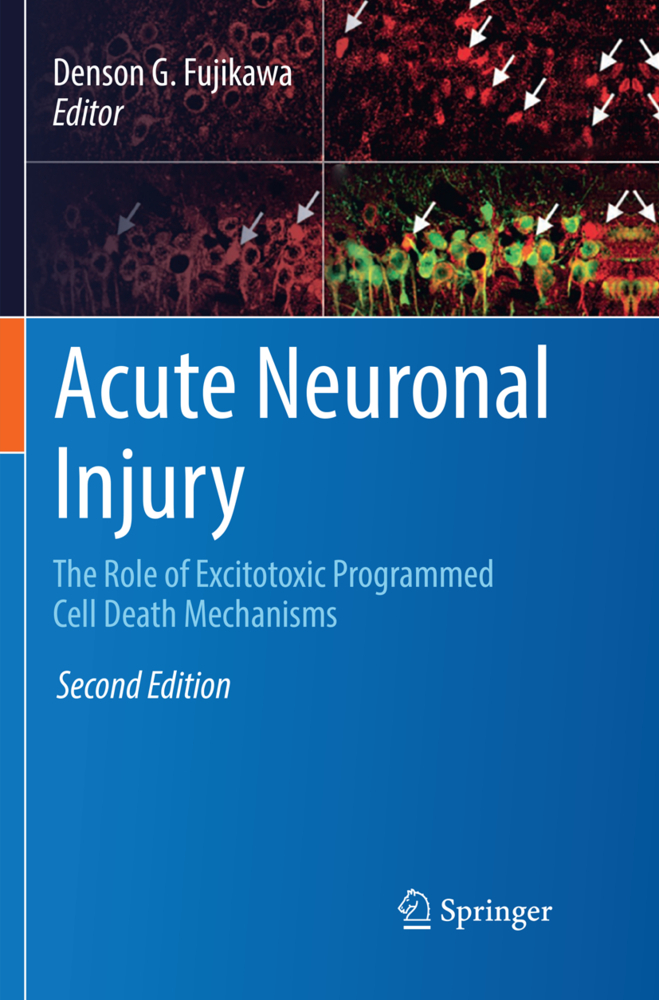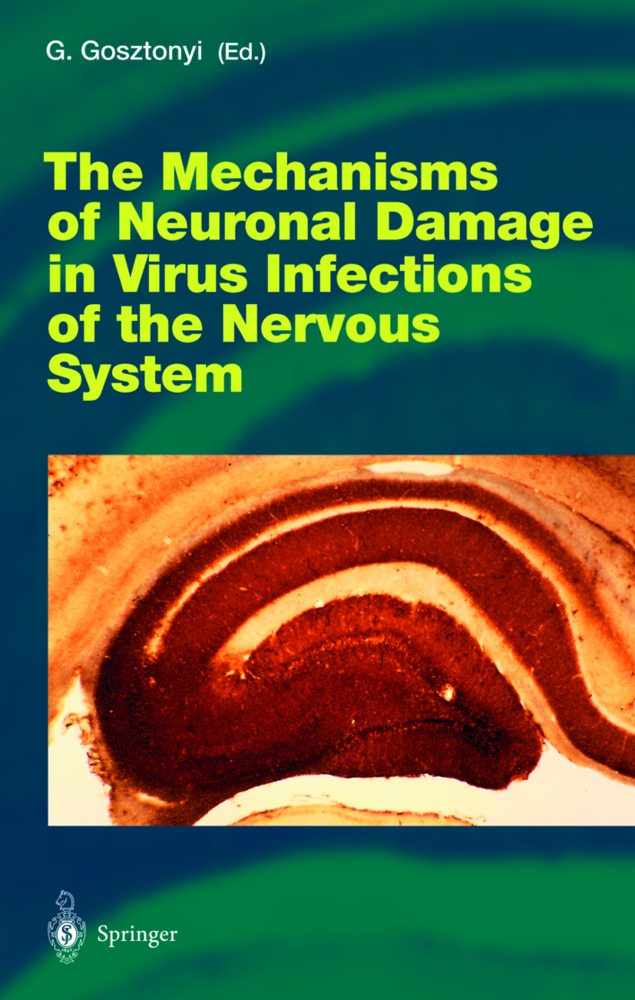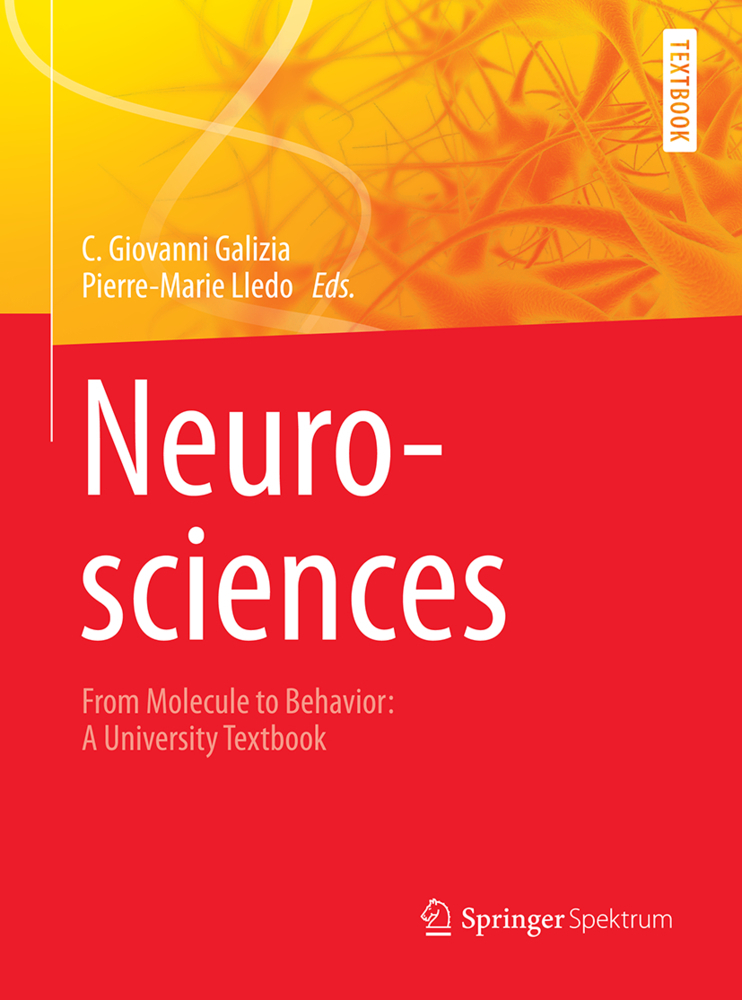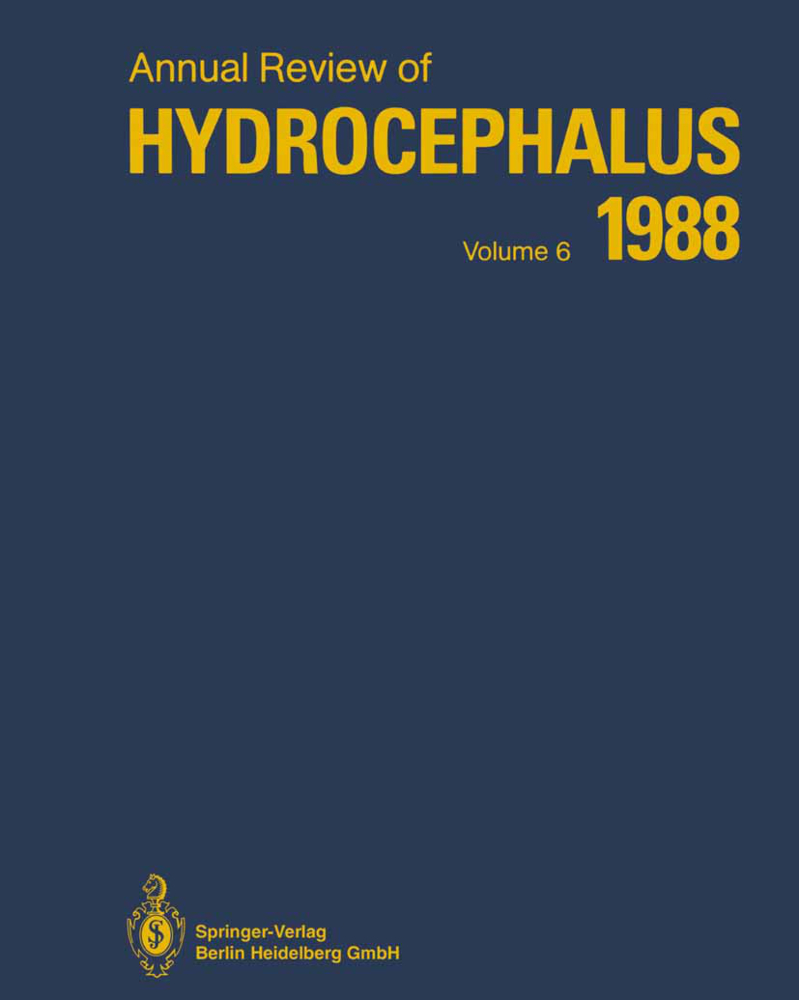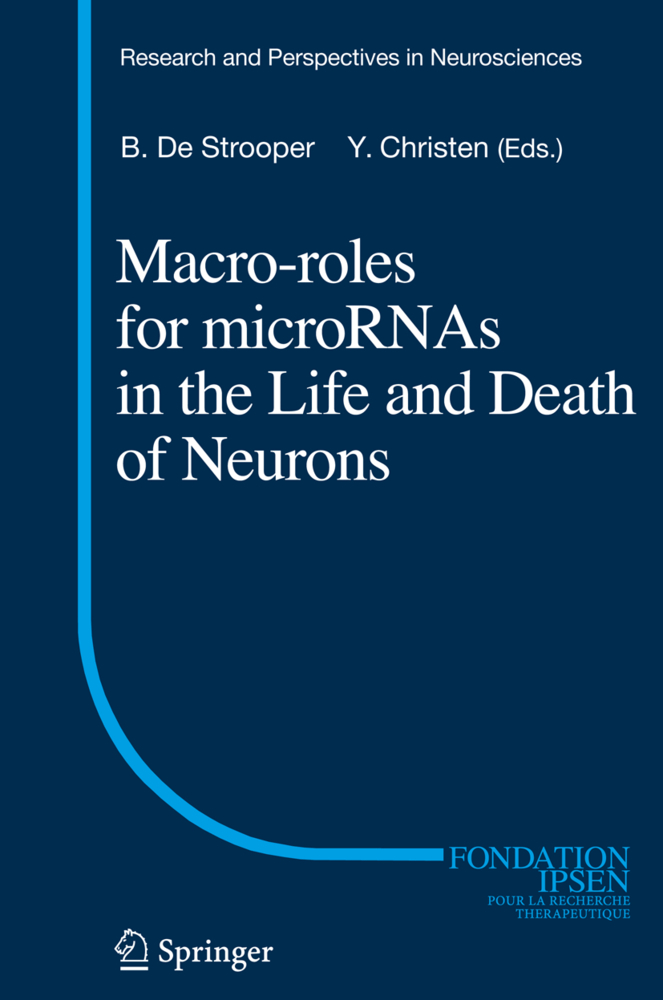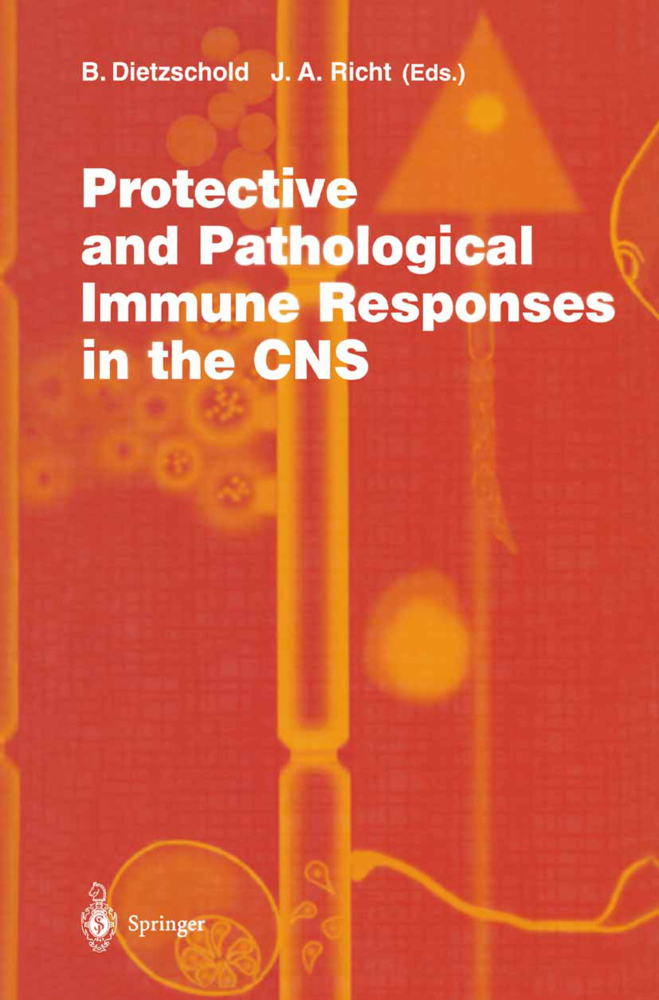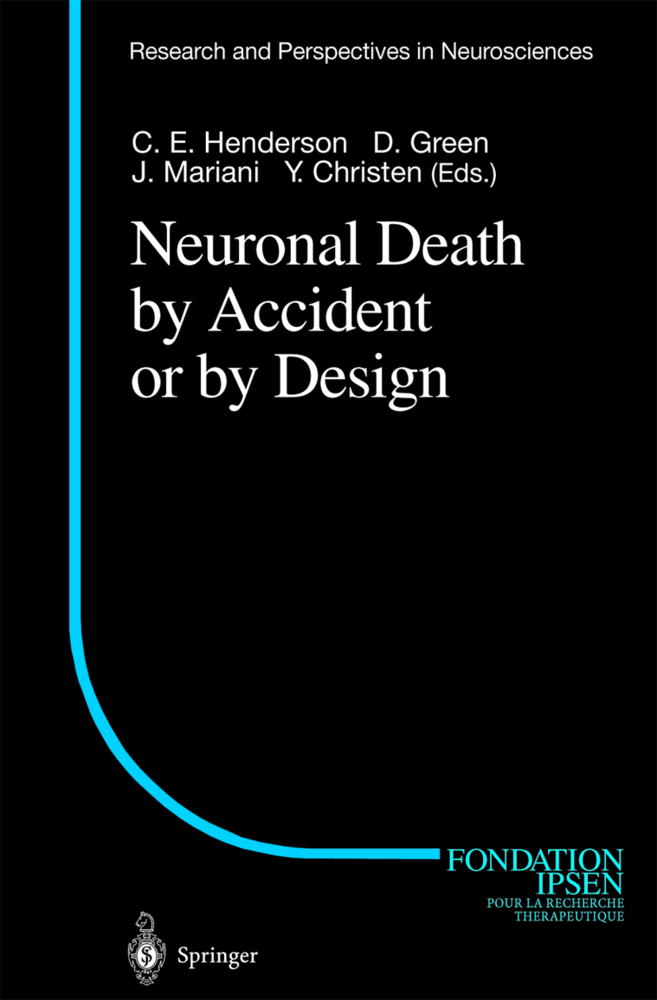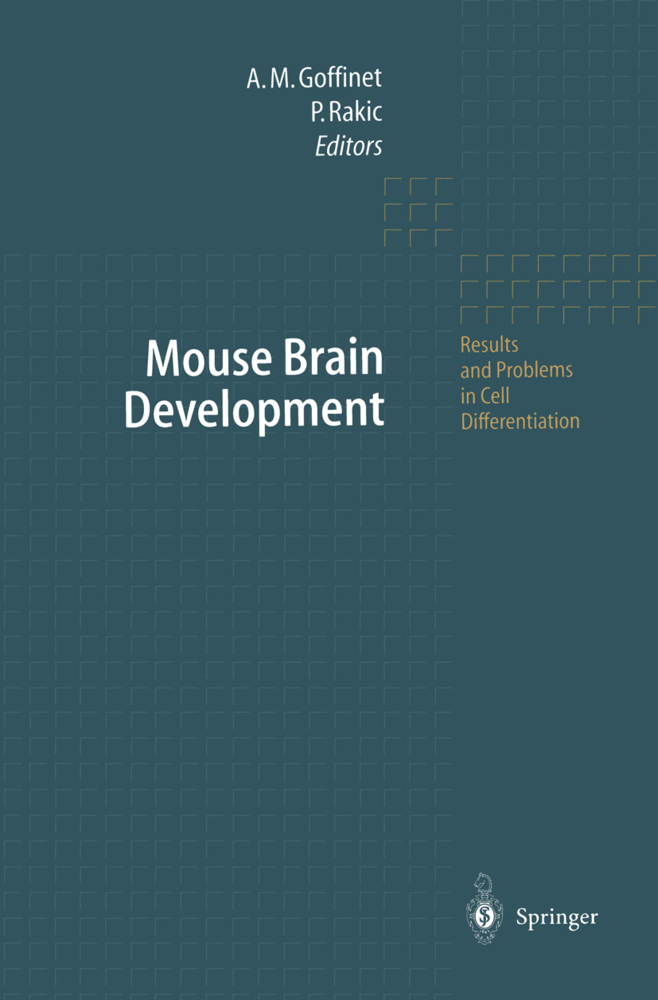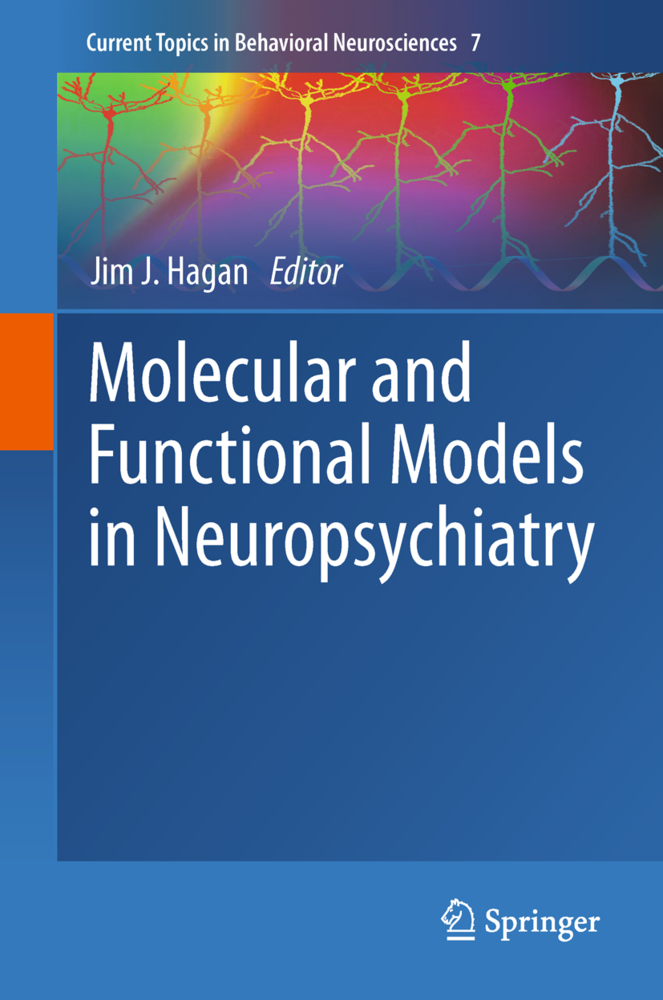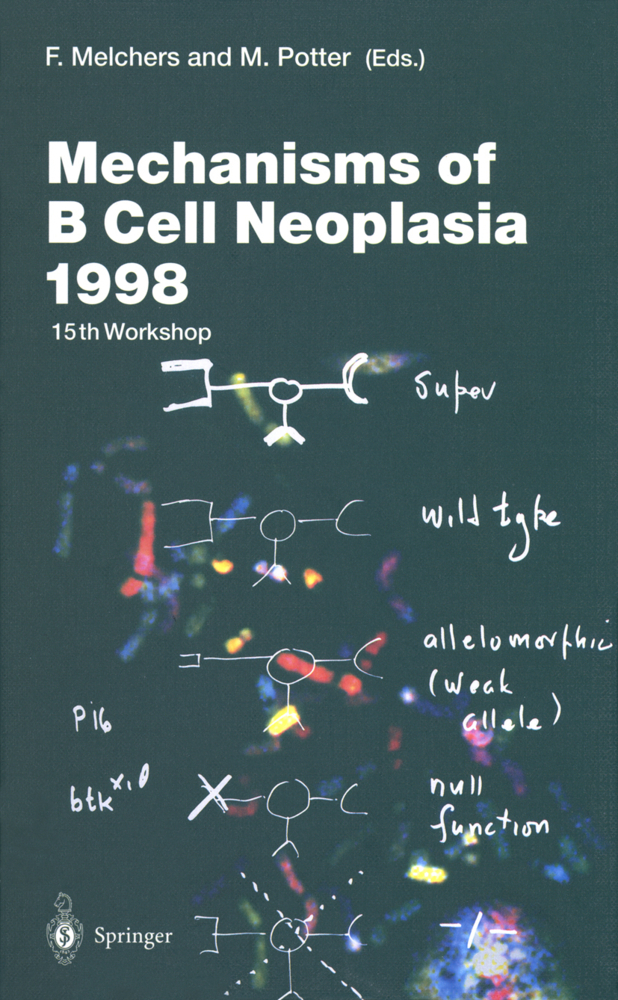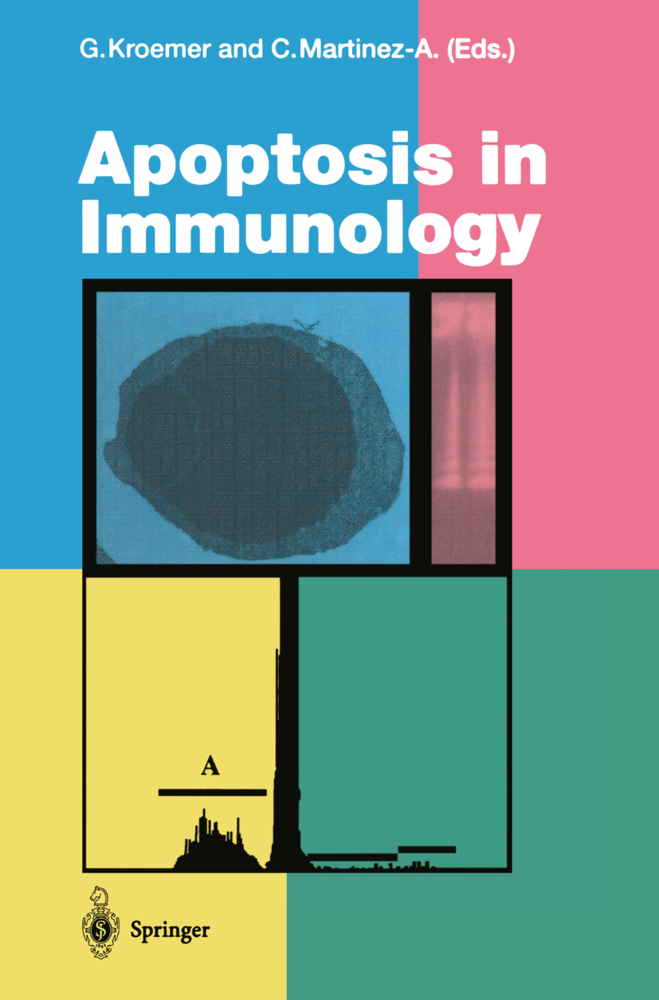Acute Neuronal Injury
Acute Neuronal Injury
The Second Edition contains 11 thoroughly updated chapters and 3 additional chapters that did not appear in the previous edition.
Introduction
Excitotoxic programmed cell death involves caspase-independent mechanisms
To survive or to die: how neurons deal with it
Oxidative damage mechanisms in traumatic brain injury and antioxidant neuroprotective approaches
Mitochondrial damage in traumatic CNS injury
Neuroprotective agents target molecular mechanisms of programmed cell death after traumatic brain injury
Involvement of apoptosis-inducing factor (AIF) in neuronal death following cerebral ischemia
Apoptosis-inducing factor translocation to nuclei after transient global ischemia
Necroptosis in cerebral ischemia
Histological and elemental changes in ischemic stroke
Hypoglycemic brain damage
Activation of caspase-independent programmed pathways in seizure-induced neuronal necrosis
Conclusion.
Fujikawa, Denson G.
| ISBN | 978-3-030-08468-4 |
|---|---|
| Artikelnummer | 9783030084684 |
| Medientyp | Buch |
| Auflage | 2. Aufl. |
| Copyrightjahr | 2018 |
| Verlag | Springer, Berlin |
| Umfang | XII, 215 Seiten |
| Abbildungen | XII, 215 p. 39 illus., 24 illus. in color. |
| Sprache | Englisch |

